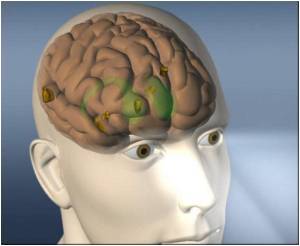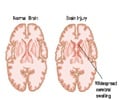A new study by MIT neuroscientists has revealed that years of experience in the natural world is what makes the brain learn how to recognizes objects.

One possible way to acquire this ability to recognize an object, despite these variations, is through a simple form of learning.
Objects in the real world usually don't suddenly change their identity, so any two patterns appearing on the retina in rapid succession likely arise from the same object.
Any difference between the two patterns probably means the object has changed its position rather than having been replaced by another object.
So by simply learning to associate images that appear in rapid succession, the brain might learn to recognize objects even if viewed from different angles, distances, or lighting conditions.
To test this idea, called "temporal contiguity," graduate student Nuo Li and associate professor James DiCarlo at MIT's McGovern Institute for Brain Research "tricked" monkeys by exposing them to an altered visual world in which the normal rules of temporal contiguity did not apply.
Advertisement
IT neurons respond selectively to particular objects; a neuron might, for example, fire more strongly in response to images of a Dalmatian than to pictures a rhinoceros, regardless of its size or position on the retina.
Advertisement
After a few hours, each IT neuron did indeed become confused.
In some cases, the object preferences even started to reverse, and the neuron would begin to prefer large rhinos over large dogs.
In other words, the altered visual experience was not merely degrading existing patterns of selectivity but also creating new ones.
The new results offered the strongest support yet for the "temporal contiguity" hypothesis of object representation.
The study appears in the latest issue of Neuron.
Source-ANI












